Research
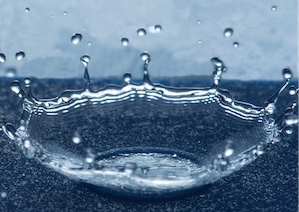
Reducing Impacting Droplet Interactions by Momentum Redirection
We designed surface textures that redirect the momentum of an impacting droplet vertically thereby restricting transport phenomena (such as heat transfer) between the liquid and the solid by up to a factor of 10. Such surfaces can be used to prevent pore clogging in hydrophobic textile enabling better performance and greater breathability.
Henri-Louis Girard, Dan Soto, and Kripa K. Varanasi. Waterbowls: Reducing Impacting Droplet Interactions by Momentum Redirection. ACS Nano (2019). DOI: 10.1021/acsnano.9b01301
Patent pending: METHODS OF REDIRECTING DROPLETS, AND RELATED SYSTEMS AND USES
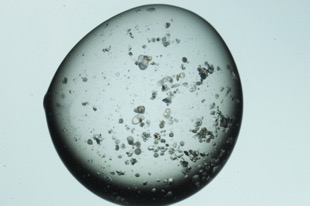
Enhancing Protein Nucleation Rate
We investigated new approaches to increase the nucleation rate of protein crystals and enable undersaturated nucleation. Efficient crystallization of large proteins would be a transformative change in protein purification and formulation of protein-based drugs.
Publication upcoming
Patent pending: ENHANCED CRYSTAL NUCLEATION (US20210107936A1)
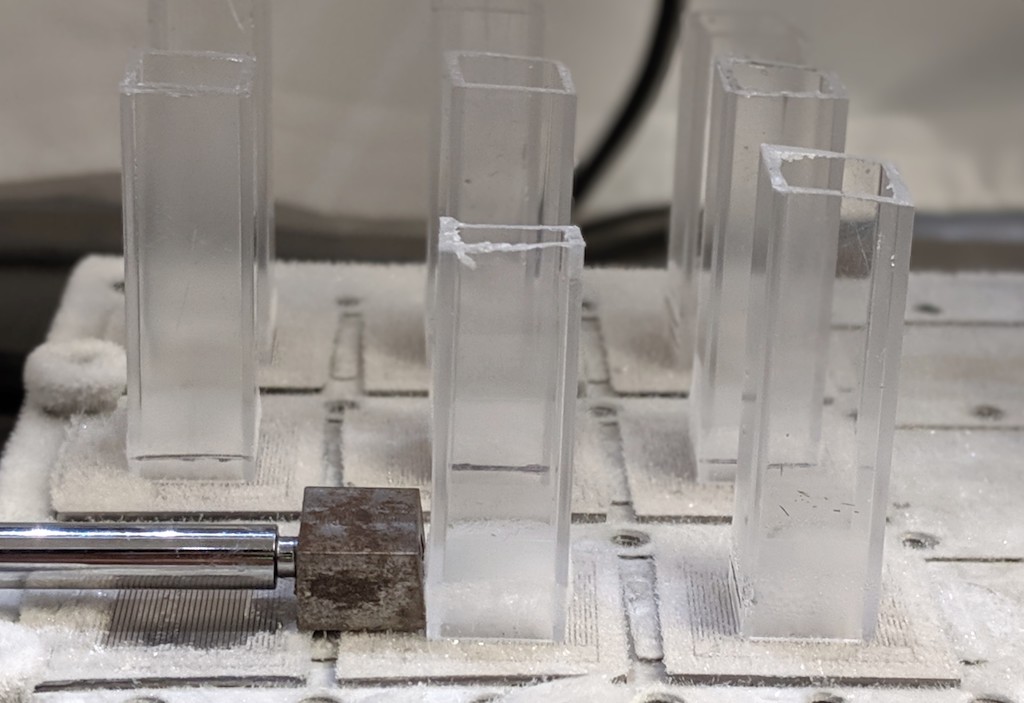
Lowering Ice Adhesion on Surfaces
Despite a great research interest, deicing technologies have not changed significantly in the past decades. The harsh environments in which icing is problematic impose durability requirements that most investigated coatings cannot meet. We have explored ways to develop robust surfaces that decrease ice adhesion dramatically while not being susceptible to frosting or repeated freeze-thaw cycles.
Publication upcoming

Mitigating Asphlatene Adsorption
Asphaltenes are components of crude oil that adsorb readily on most surfaces causing pipe clogging and requiring costly interruption of production for mechanical scrubbing. We investigated the adsorption mechanism of the molecules as a function of the surface physico-chemical properties and developed a lubricant-impregnated surface that prevents asphaltene adsorption.
- Henri-Louis Girard, Philippe Bourrianne, Dayong Chen, Aditya Jaishankar, Jessica L Vreeland, Robert E Cohen, Kripa K Varanasi, Gareth H McKinley. Asphaltene Adsorption on Functionalized Solids. Langmuir, 36, 14, 3894–3902 (2020).
DOI: 10.1021/acs.langmuir.0c00029 - Henri-Louis Girard, Philippe Bourrianne, Mohsen Yeganeh, Robert E Cohen, Gareth H McKinley, Kripa K Varanasi. Lubricant-Impregnated Surfaces for Mitigating Asphaltene Deposition. ACS Applied Materials & Interfaces, 12, 25, 28750–28758 (2020).
DOI: 10.1021/acsami.0c03967
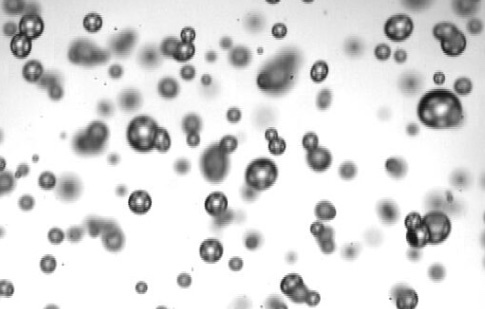
Droplet Fragmentation Using a Mesh
We investigated the way large droplets get fragmented in smaller droplets upon impacting a mesh. This method enables the spraying of large droplets - less susceptible to drift - over crops and their in situ fragmentation in smaller drops that are less damaging to the plants and cover more surface area.
Dan Soto, Henri-Louis Girard, Antoine Le Helloco, Thomas Binder, and Kripa K. Varanasi. Droplet Fragmentation Using a Mesh. Physical Review Fluids, 3 (8), 083602 (2018). DOI: 10.1103/PhysRevFluids.3.083602
Patent pending: DROPLET FRAGMENTATION USING A MESH FOR ATOMIZATION PROCESSES (US20200078803A1)
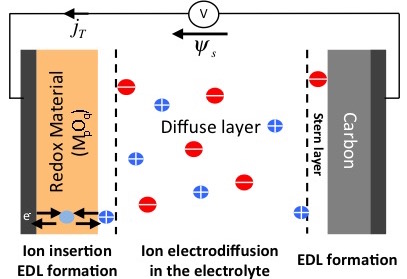
Enhancing Faradaic charge in hybrid pseudocapacitors
I helped develop a physical model for hybrid pseudocapacitors from first principles accounting for (i) charge transport under electrodiffusion in the electrolyte, (ii) dynamics of the electric double layer on the electrode surface, (iii) steric repulsion due to finite ion size, (iv) redox reactions, and (v) intercalation of the reaction product in the electrode. I then conducted a parametric study aiming to optimize the design of the pseudocapacitve electrodes focusing on the diffusion properties of the material and performed the analysis of the data obtained. The results allowed to discriminate between the faradaic and capacitive charge storage mechanisms.
- Henri-Louis Girard, Hainan Wang, Anna d'Entremont, and Laurent Pilon. Physical Interpretation of Cyclic Voltammetry for Hybrid Pseudocapacitors. The Journal of Physical Chemistry C, 119 (21), 11349-11361 (2015).
DOI: 10.1021/acs.jpcc.5b00641 - Henri-Louis Girard, Hainan Wang, Anna d'Entremont, and Laurent Pilon. Enhancing Faradaic Charge Storage in Hybrid Pseudocapacitors. Electrochimica Acta, 182, 639-651 (2015).
DOI: 10.1016/j.electacta.2015.09.070 - Anna d'Entremont, Henri-Louis Girard, Hainan Wang, and Laurent Pilon. Electrochemical transport phenomena in hybrid pseudocapacitors under galvanostatic cycling. Journal of the Electrochemical Society, 163 (2), A229-A243 (2016).
DOI: 10.1149/2.0441602jes - Henri-Louis Girard, Bruce Dunn, and Laurent Pilon. Simulations and Interpretation of Three-Electrode Cyclic Voltammograms of Pseudocapacitive Electrodes. Electrochimica Acta, 211, 420-429 (2016).
DOI: 10.1016/j.electacta.2016.06.066
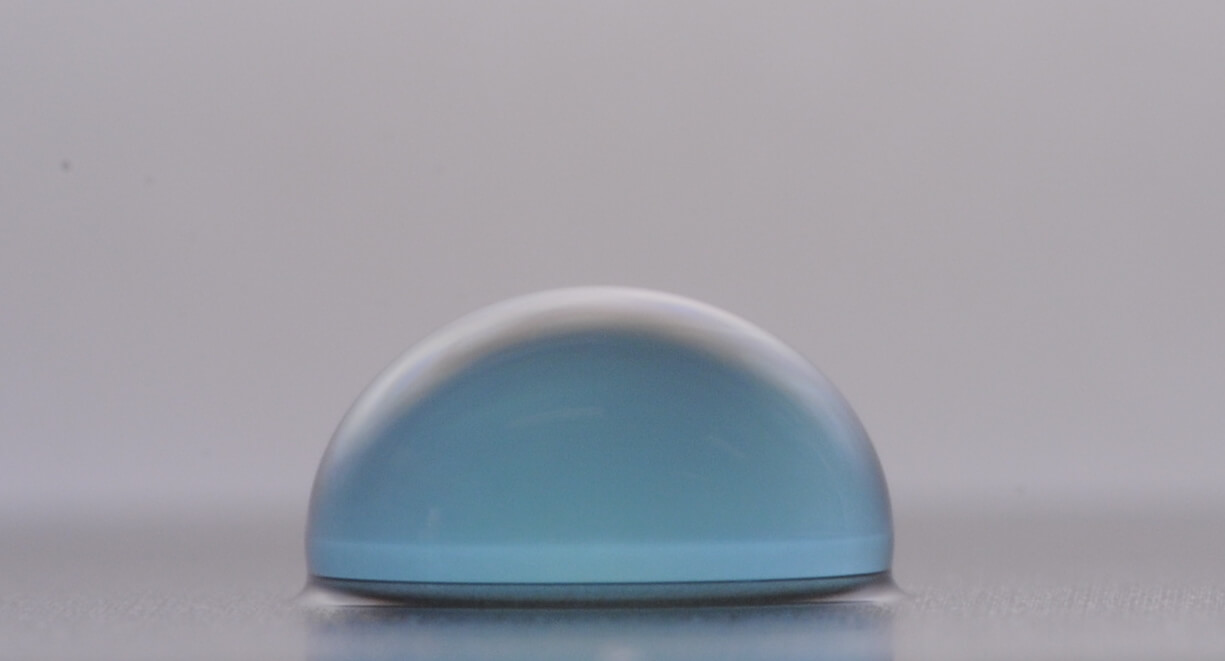
Thermocapillary driven droplets on lubricant impregnated superhydrophobic surfaces
I conducted an experimental and theoretical research project on thermocapillary driven droplets on lubricant impregnated superhydrophobic surfaces. I designed and conducted lab experiments to demonstrate a new physical phenomena. To achieve this goal, I used a new laser-textured surface that achieved the best balance between wettability, friction and contact area. I then derived a physical model to account for the results that correlated closely to the experiments.
Nada Bjelobrk, Henri-Louis Girard, Srinivas Bengaluru Subramanyan, Huyk-Min Kwon, David Quéré, and Kripa Varanasi. Thermocapillary motion on lubricant-impregnated surfaces. Physical Review Fluids, 1 (6), 063902 (2016). DOI: 10.1103/PhysRevFluids.1.063902

